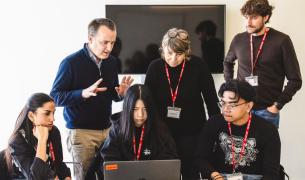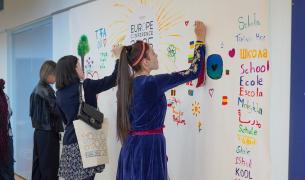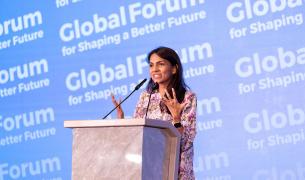Coming Together Across Borders: Alumni Reflections on the 2019 Teach For All Global Conference Part 2
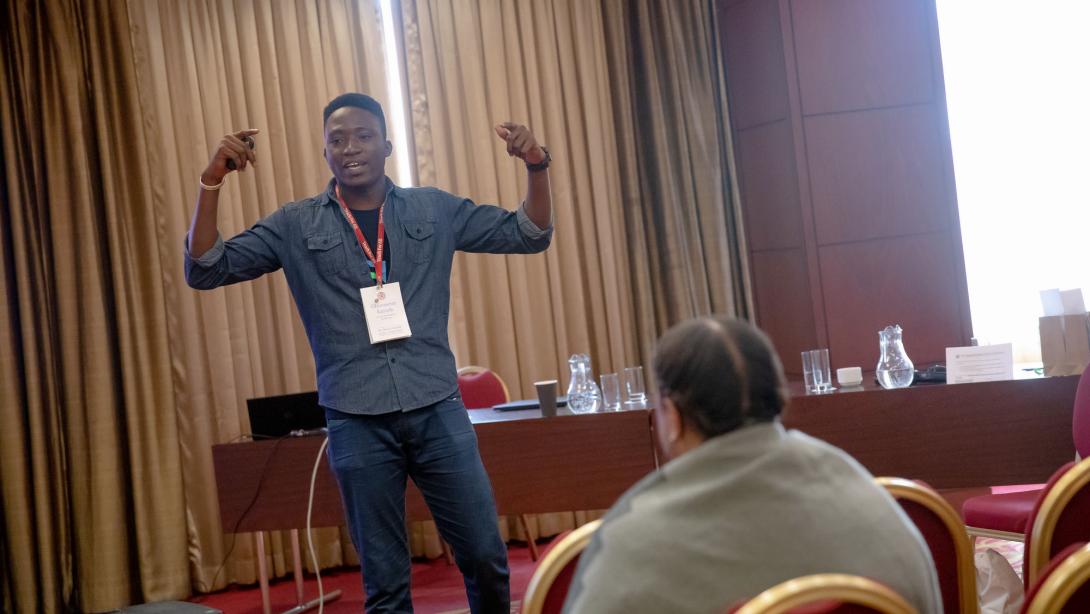
I was in my Comparative Education class when the invitation to the Teach For All Global Conference in Armenia landed in my mailbox. At that time, I had become very interested in making comparisons of education systems across the world, especially in relation to teacher development, drawing out similarities and differences, and then driving these insights into shareable solutions. This invitation came in at the right time and added icing to my cake.
My excitement started from that point, not only because I was going to travel to a region I’ve never been to before, but because I was going to enjoy the opportunity of learning with over 500 people from over 80 countries across the world. This is comparative education in real practice and not from a bunch of textbooks.
The question of the conference, “How can we prepare our students to shape a changing world?” strongly resonates with the work I am doing at Schoolinka, an edtech company I founded after my fellowship with Teach For Nigeria, where we create exciting professional development opportunities for teachers by leveraging technology. I know well that there’s no way we can prepare students to shape a changing world without talking about teacher quality. My expectation was simple, and it was, “I want to learn how partners across the network have been able to develop teachers who prepare students to shape a changing world.”
On the first day of the conference, I felt goosebumps listening to Peter Tabichi, the Global Teacher Prize winner and his student Teresia. That session opened me up for my first takeaway from the conference. Peter demonstrated that the first key to students’ success is the presence of an inspirational teacher—a teacher who understands that the solutions to the problems in his community lie in the minds of his students, and daily looks for ways to invest in the students enough so they can build these solutions.
The session with Archana Iyer from Teach For All’s Global Learning Lab was mind blowing, as we were able to look into two classrooms where student leadership is evident. The teachers designed the classroom experience in such a way that the students were able to link their present learning with their future aspirations. They didn’t just pour out knowledge, rather they drew out knowledge from the students, which to me was powerful.
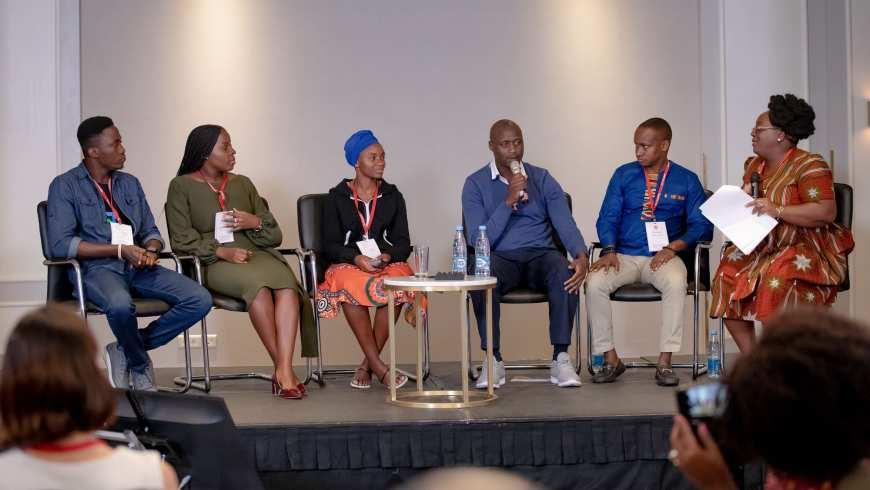
Sitting on a panel with Peter Tabichi and two of the network CEOs in Africa in the afternoon to discuss the Future of African Education was a privilege I do not take for granted. As we talked, my hope in the potential of young Africans to rewrite the narrative for the continent became renewed, as I became more invested in the work that we do at Teach For All and our collective belief in the power of ‘One Day.’
It was beautiful to visit Armavir Basic School in a village in Armavir marz, just about 15km away from the Armenian-Turkish border. We were met with the beautiful students of the school who made a dance presentation. This second day of the conference surprised me in two ways. First, I learnt about the Yazidi people and the fact that they do not have a country. I asked myself how people who share the same language and culture and even have their own alphabet exist around the world with no place to call their own country. Second, I got to know that it was compulsory for students in Armenian schools to take chess classes. Reflecting on this, it was evident that Armenia is using gamified learning experience to develop students to shape a changing world.
On the last day of the conference, I was very inspired by the commitments we all made and the action points drawn. I was more fired up to develop teacher training programs that have the students at the center of the design. I wanted more training programs that empower teachers to give their students strong voices and the skill sets needed to thrive in this changing world.
In the end, I understood how powerful it was to create platforms for cross-border sharing of ideas and I will give anything to have this experience again.
